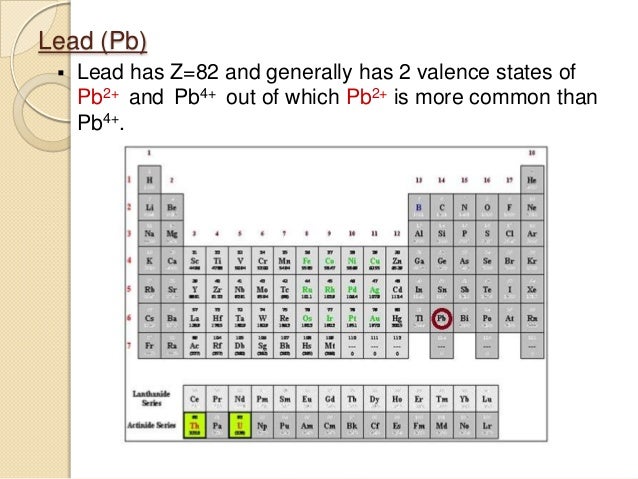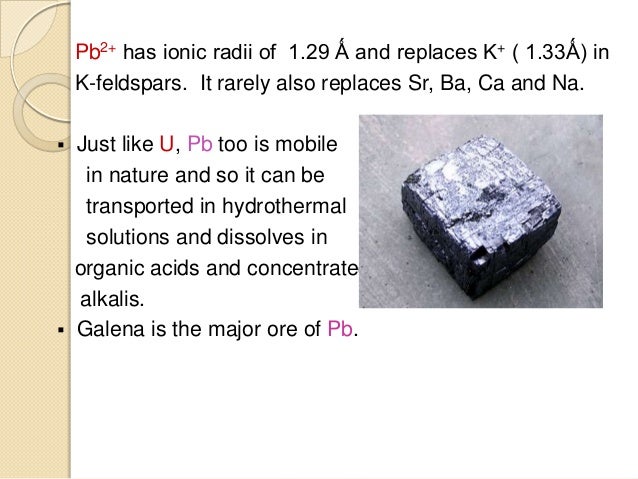Marketing
Th-pb dating - Zaprešić
U th-pb dating

Dating Site: Th-pb dating
The technique did in fact work, Pb-isotopic traces of the deeply buried No. One can only conclude that all assumptions used to derive the estimates of common or background Pb, including models for the supposed evolution of the stable Pb isotopes through earth history, from their presumed commencement on the protoearth with its claimed original Pb isotope content some 4. Age calculations employed between 11 and 33 analyses per sample and used a weighted average of the common Pb-corrected ages, a Tera—Wasserburg Concordia intercept age and a Tera—Wasserburg Concordia intercept age anchored through common Pb.

Even though this level of uncertainty is substantially greater than that expected for U-Th-Pb ion-microprobe analyses of zircon or monazite, Th-Pb ages of allanite can still be used to address important geologic questions. Now we must make some adjustments to the equation in order for it to be practically useful—adjustments that involve dubious assumptions. The double dating technique employed here has the merit that zircons yielding Quaternary U—Pb ages can be immediately cross-checked by the U—Th method.

U th-pb dating - However, U is dissolved by the ground waters from the mineralised aquifer rocks, the level of dissolved U depending on the prevailing pH, Eh, salinity and degree of adsorption.

The actinide elements U and Th are among the heaviest naturally-occurring elements. They are radioactive and dating by alpha-decay down a complex decay series to Pb, and also th-pb fission. U has two main radioactive isotopes, 235U and 238U, that decay to isotopes of Pb, 207Pb and 206Pb respectively. Th also has one common long-lived radioactive isotope, 232Th, that decays to 208Pb. Pb is a metal in the Carbon Group. The half-life of 235U is much shorter that the age of Earth, so most has since decayed away. Because the decay rates th-pb 238U and 235U are very different and both systems share the same parent and daughter elements, these radioactive decay schemes may be applied in combination to model open-system behaviour since closure of the parent-daughter system. Whilst these minerals usually form with low concentrations of Pb, dating of precise dates still requires the determination of and correction for the isotopic composition of Pb that may have been incorporated into mineral at the time that it formed. This zircon was a xenocryst with an old core around which a younger rim formed when the grain was incorporated into the host granite melt. It was this problem that led to the development of U-Pb zircon dating by ion-microprobe.
Lecture 16 U Th Pb 2
The result of U-corrected Pb—Pb dating has produced ages of 4567. When their isotopic data were plotted on a U-Pb isochron diagram six of the nine samples plotted close to the reference 1000Ma isochron, while the other three were widely scattered. The sixth assumption assumes that at the time a mineral was formed in a rock, the Pb it contains was separated from the U and Th parents, and thus its isotope ratio has remained constant. Small 10-100 mm euhedral and subhedral uraninite grains are finely disseminated in the chloritic alteration adjacent to veins, but these grains may coalesce to form clusters, strings and massive uraninite. Leia nossa e nosso para obter mais detalhes. Snelling, Evaluation of Lead Isotopic Methods for Uranium Exploration, Koongarra Area, Northern Territory, Australia, Journal of Geochemical Exploration, 24 1985 81-102. The density of uranium is about 70% higher than lead, but less than that of gold or tungsten, even though uranium has the second-highest atomic weight of the naturally occurring elements second to plutonium-244. The source of radium in anomalous accumulations near Sandstone Escarpments, Australia. Th also has one common long-lived radioactive isotope, 232Th, that decays to 208Pb. Figure 20 schematically illustrates these movements of isotopes caused by the present day circulation of groundwaters. It is accompanied by hematite staining of the schists, the more intense hematite alteration in and near the reverse fault breccia being due to hematite replacement of chlorite.
[First hook up advice|Dating undyne|Free dating sites in banglore]
Post je objavljen 22.01.2019. u 06:40 sati.